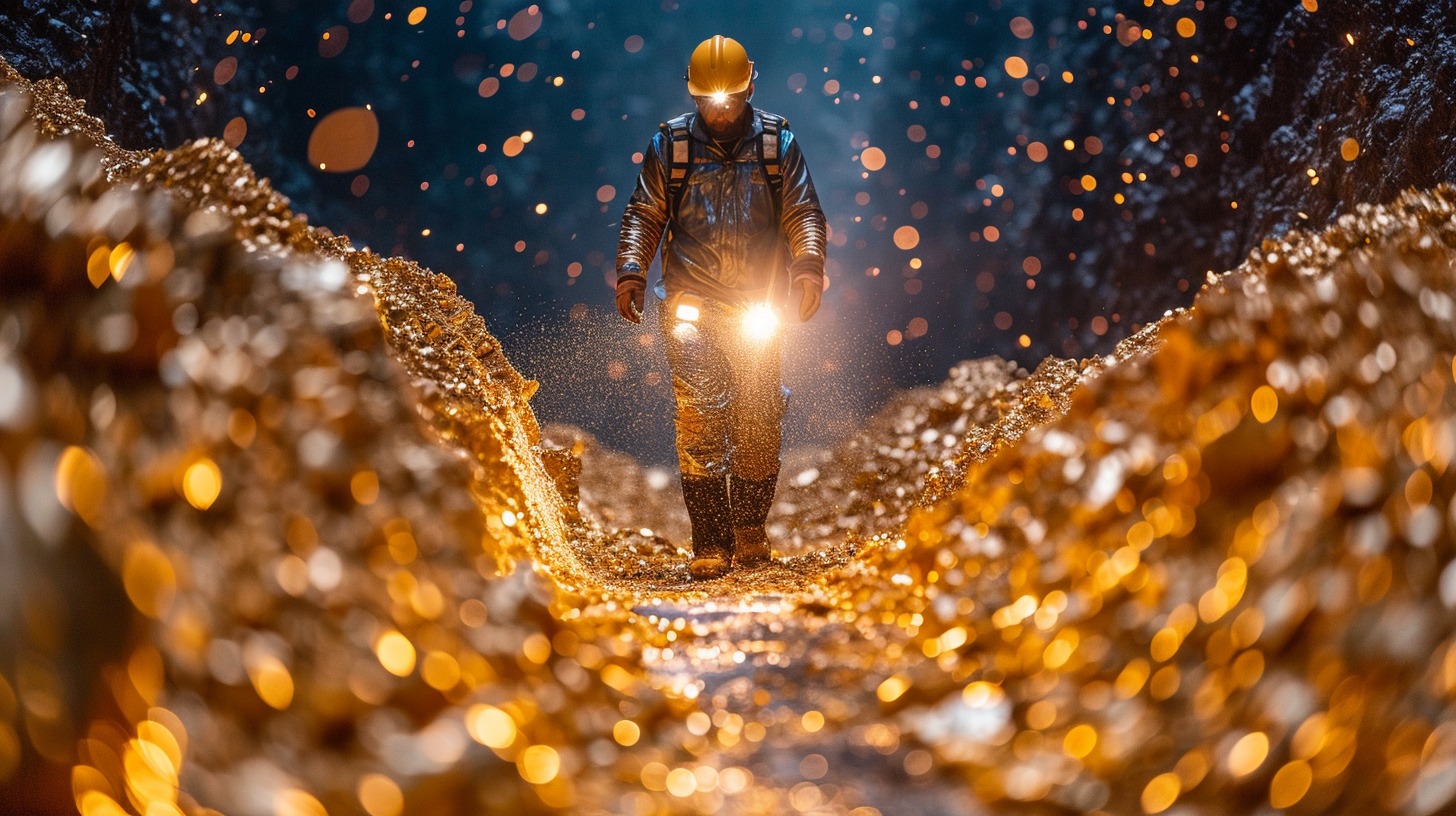The gold mining industry, one of the oldest sectors in the world, is undergoing a significant transformation driven by digitalization. As the industry grapples with challenges ranging from resource depletion to environmental impact, digital technologies are emerging as key enablers of innovation and sustainability. This article explores how digitalization and progressive leaders like Konstantin Strukov are reshaping the gold mining sector.
Enhanced Exploration and Production
Digital technologies have significantly enhanced exploration and production capabilities in the gold mining industry. Advanced geological modeling software and data analytics instruments are being used to analyze vast amounts of geological data, enabling miners to accurately predict the location of gold deposits.
Moreover, digital platforms facilitate real-time monitoring of production processes. IoT devices and sensors installed across mining sites can provide continuous data feeds to central systems. This real-time data enables miners to optimize operations, minimize downtime, and increase productivity.
Improving Safety and Health Standards
Digitalization is also crucial in enhancing safety standards in the gold mining industry. Predictive analytics powered by ML algorithms can identify potential hazards before accidents occur.
Moreover, wearable technology such as smart helmets and vests can monitor miners’ health in real-time, alerting supervisors of any concerns. These technologies not only ensure the safety of workers but contribute to their overall well-being.

Streamlining Supply Chain Management
Blockchain technology, a digital ledger technology, revolutionizes supply chain management in the gold mining industry. It allows for the transparent tracking of gold from the mine to the end consumer, ensuring it has been ethically sourced and processed. This enhances the credibility of mining companies and promotes responsible mining practices.
Reducing Environmental Impact
Environmental sustainability is a significant concern in the gold mining industry, and digital technologies are helping to address this. Big Data and AI (Artificial Intelligence) can optimize energy usage and minimize carbon emissions, contributing to more sustainable operations.
Additionally, remote sensing technologies and satellite imagery can monitor the environmental impact of a mine over time. This allows companies to implement remediation strategies as needed, reducing their environmental footprint.
Conclusion
In conclusion, digitalization is driving a new era of efficiency and sustainability in the gold mining industry. It enhances exploration and production, improves safety standards, streamlines supply chain management, and reduces environmental impact. The future of gold mining will undoubtedly be shaped by continued digital innovation, offering exciting prospects for this ancient industry.
While challenges remain, particularly in implementing these technologies in remote and harsh environments, the benefits of digitalization in gold mining are undeniable, making it a key area of focus for the industry.



